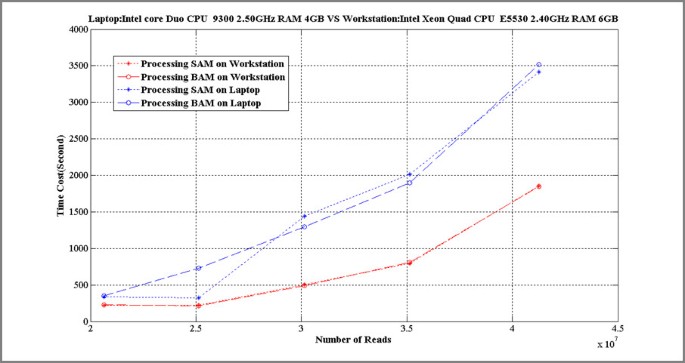
Since most copies have accumulated mutations or are truncated, they are unable to initiate new cycles of retrotransposition and could be considered as molecular fossils (although in some cases they might nevertheless still be transcriptionally active ). IntroductionĪt least half of our DNA is derived from repeated and dispersed sequences called retrotransposons, a class of mobile genetic elements which proliferate via an RNA-mediated copy-and-paste mechanism termed retrotransposition (see for recent reviews). Overall, Philippe et al.’s findings pave the way towards characterizing the chromosome regions in which retrotransposons are frequently activated and understanding how they contribute to cancer and other diseases. These results are in contrast to the prevalent view that retrotransposons are activated in a more widespread manner across the genome, at least in cancerous cells. Thus, whether jumping genes are activated depends on the cell type and their position in the genome. Moreover, different subsets of jumping genes are active in different cell types, and their locations in the genome often do not overlap. This revealed that only a very restricted number of them are active in any given cell type. have now developed an approach that can map where individual retrotransposons are located in the genome of normal and cancerous cells and measure how active these jumping genes are.

Furthermore, each copy is almost identical to another one, making it difficult to discriminate between them. To understand how jumping genes are mobilized, a fundamental question must be answered: is the high jumping gene activity observed in some cell types a result of activating many copies of the retrotransposons, or only a few of them? This question has been difficult to address because there are more than one hundred copies of retrotransposons that could potentially move in humans, many of which have not even been referenced in the human genome map. This is thought to contribute to the development and spread of cancerous tumors. However, in many types of cancers retrotransposons escape these defense mechanisms and ‘jump’ actively.

Although these genetic modifications have contributed significantly to the evolution of different species, retrotransposons can also have detrimental effects for example, by causing new cases of genetic diseases.Īdult human cells have a number of mechanisms that work to keep the activity of retrotransposons at a very low level. Depending on where they insert themselves, retrotransposons can modify the sequence of nearby genes, which can alter or even abolish their activity. These fragments of DNA have the ability to move or copy themselves from one location of a chromosome to another.

Retrotransposons, also known as jumping genes, have invaded the genomes of most living organisms. Thus, our data support a local model of L1 transcriptional activation in somatic cells, governed by individual-, locus-, and cell-type-specific determinants. Strikingly, only a very restricted subset of L1HS-Ta loci - some being polymorphic among individuals - significantly contributes to the bulk of L1 expression, and these loci are differentially regulated among distinct cell lines.

Here we comprehensively mapped fixed and polymorphic L1HS-Ta copies in 12 commonly-used somatic cell lines, and identified transcriptional and epigenetic signatures allowing the unambiguous identification of active L1HS-Ta copies in their genomic context. Due to their high levels of sequence identity and the existence of many polymorphic insertions absent from the reference genome, the transcriptional activation of individual genomic L1HS-Ta copies remains poorly understood. LINE-1 (L1) retrotransposons represent approximately one sixth of the human genome, but only the human-specific L1HS-Ta subfamily acts as an endogenous mutagen in modern humans, reshaping both somatic and germline genomes.


 0 kommentar(er)
0 kommentar(er)
